
Going to a restaurant with me is not a normal phenomenon. I’m not impressed by comfort foods that most people love like mashed potatoes and mac’n cheese, and I almost always order the “weirdest” thing on the menu––think crudo (aka raw) platters, seaweed tastings and organ meats.
Just last week, for instance, I took my brother Shay to lunch at Mozza in Southern California, and without even asking him ordered the bone marrow appetizer. He looked at me incredulously. “Bone marrow?”
Me: “Yep, don’t worry about it. I always get it. You don’t have to have any if you don’t want.”
To Shay’s credit he tried it and––like 75% of the “weird” stuff I’ve encouraged him to try––he loved it.
So why am I such a freakshow?
Beyond my general disdain for social norms and conformity, my desire to eat at the fringes of the menu and grocery store stems from my desire to get as broad a spectrum of nutrients from my food as possible.
Healthy eating is about more than avoiding flour, sugar and trans fats. It also requires optimizing your nutrient intake of basic vitamins and minerals, as well as essential fats, amino acids, and trace micronutrients science may still be unaware of.
Nutrition research increasingly supports the “triage theory” presented by the award winning scientist Dr. Bruce Ames in 2006. Triage theory postulates that our bodies divert scarce nutrients to essential functions for short-term survival, such as heart function, at the expense of processes necessary for long-term health, such as DNA repair.
In other words, triage theory suggests that subtle micronutrient deficiencies can selectively take a toll on your long-term health and promote age-related diseases.
It is not hard to imagine that many (if not most) people living in Western culture, who typically eat nutrient-poor foods are experiencing trace micronutrient deficiencies that could affect immediate but more subtle health measures like energy levels, mood and focus, and also long-term health concerns like dementia, arthritis and cancer.
What’s interesting is that some of these negative health effects wouldn’t be limited to people who eat a lot of fast food and soda. “Healthy eaters” who limit themselves to a small range of foods each week would also be lacking some less common, but essential nutrients.
If you’re typical menu only consists of chicken and steak, and basic veggies like broccoli, spinach and zucchini, it might be time to up your nutrition game and become more adventurous*.
Here are the categories of food that I try to incorporate into my weekly healthstyle for optimal nutrition. This isn’t to say you need to eat something from one these categories every day or even every week, but if you’re only touching on a few of them (or only one from certain categories) you may want to work on expanding your regular menu.
Salad greens
Once I discovered that salads could be more than romaine lettuce, cucumbers and unripe tomatoes my entire world changed. I now eat several salads weekly (all year round), and am sure to choose a diverse range of greens including arugula, radicchio, endive, mizuna, treviso, spinach, tatsoi, red leaf lettuce, green leaf lettuce, bib lettuce, and anything else I can find. Even romaine and iceberg lettuces can be refreshing and delicious if you source them from good farms.
Brassicas
Brassicas or cruciferous vegetables also play a huge roll in my weekly healthstyle. Both raw and cooked I love cabbage, broccoli, cauliflower, kale, and brussels sprouts. Don’t forget that both the roots and leaves are often edible, including turnips, radishes, and kohlrabi. Different brassicas are in season at different times of year, so I try to enjoy them all.
Root vegetables
In addition to brassicas, the other roots I try to enjoy often include carrots, parsnips, fennel, beets, yuca, as well as all the varietals of potatoes and yams. These all offer different benefits, so don’t forget about them.
Alliums
Alliums are a special type of strong smelling and tasting (thanks to sulfur compounds in the plant that make them especially nutritious) roots including onions, garlic, shallots, chives and leeks. The leaves and flowers are typically edible as well.
Nightshades
Although a small number of people are sensitive to nightshades (these people typically follow macrobiotic diets), nightshade plants can be incredibly healthy and provide unique nutrient profiles. Nightshades include tomatoes, chilies, tomatillos, eggplants, ground cherries, and goji berries. The breadth of chilies alone is enough to keep me captivated.
All the fruits

Apples and bananas are fine, but don’t forget about all the berries, melons, pears, persimmons, pomegranates, and the like. Stone fruits like peaches, apricots, cherries and plums are common in the spring and summer, while heartier fruits like apples and citrus take over in fall and winter. Stick with the seasons and you can’t go wrong.
Mushrooms
It always trips me out when I remember that mushrooms aren’t plants. Fungi have a completely different cellular structure than creatures belonging to the plant and animal kingdoms. As you might expect they also have completely different (and powerful) micronutrients. I love finding unique mushroom varietals such as shitake, maitake, oyster, chantarelle, morel, hen of the woods, pioppino, trumpet, lobster, lion’s mane, porcini, and straw. Yeasts such as nutritional yeast also belong to the fungus kingdom.
Sea veggies

Cucumber Wakame Salad
A few weeks ago I was at a sushi restaurant in New York that offered a seaweed tasting as an appetizer. There must have been at least 10 different varietals. I was in heaven. My pantry is also chock full of different seaweeds, and I eat some at least 4-5 days a week.
Nori (the crispy seaweed in sushi rolls), wakame (the soft kind in miso soup and real seaweed salads), and kombu (used to make dashi broth) are the easiest to find in Western grocery stores. I also love snacking on the crispy Seasnax that have become incredibly popular. I like to wrap the wasabi flavored ones around pieces of avocado.
Oily fish
This one is tough for almost everybody at first, but once you break through it is easy to get hooked on the deep, satisfying flavor of oily fish. Oily fish are especially good for your heart and brain, thanks to the friendly fatty acid profile, but there are likely additional benefits as well. Sardines, mackerel, anchovies, cod liver, salmon, I love them all.
Shell fish
Don’t stop at shrimp, crab and lobster. Mollusks like clams, mussels, scallops, oysters, octopuses and squid are all rich in vitamins, minerals and other ocean goodness.
Organ meats
If you’re an omnivore you probably eat more than your fair share of muscle meat from animals. But although muscle meat is very nutritious, you’re only getting a fraction of the benefit when you ignore the bones and organs. It’s also more environmentally and ethically responsible to use all the parts of the animal.
Each organ contributes unique nutritional benefits. Bone marrow, for instance, is rich in glycine, which helps balance out the excess methionine most of us get from eating primarily muscle meat. If roasted bone marrow is too hardcore for you at this point, making bone broth (aka soup broth) at home is a fantastic alternative.
Liver is also insanely rich in nutrients, and can be absolutely delicious when prepared correctly (think chicken liver patê). My husband and I try to eat some kind of organ meat twice a week, and are very thankful that the nose-to-tail movement has made this easier in big cities.
Gourds and squash
Both summer and winter squash (with hard shells) come in so many varietals you’ll never get bored. Branch out from zucchini and yellow squash to try zephyr, pattypan, opo, bitter melon, kabocha, delicata (my famous recipe), and acorn.
Legumes
Cooked properly, beans and lentils are some of the most nutrient dense foods available. While I recommend everyone explore the many varietals of lentils (e.g. green, red, brown, black) and beans (check out Rancho Gordo, Llano Seco and Zürsun Farms for several heirloom varietals), these delicious foods are particularly beneficial if you don’t eat meat.
Nuts and seeds
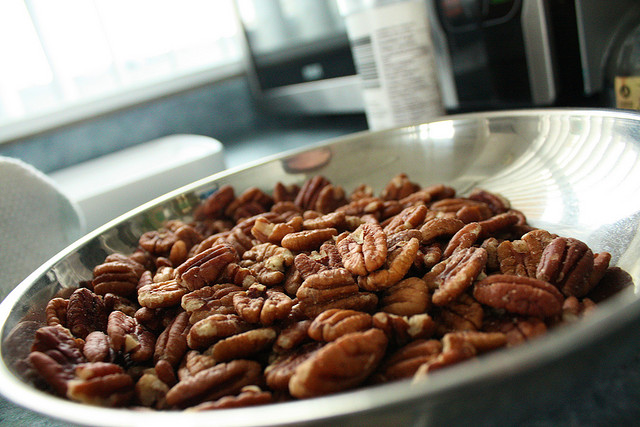
Photo by futurestreet
Also under-appreciated, nuts and seeds are incredibly healthy both for their vitamin and mineral content, as well as their fatty acid profiles. They’re also insanely delicious and a little goes a long way. Don’t stop at almonds and walnuts: pumpkin seeds, sunflower seeds, brazil nuts, cashews, pistachios, hazelnuts, peanuts, pecans, and macadamia nuts all have unique benefits, so don’t forget to mix it up.
Herbs and spices
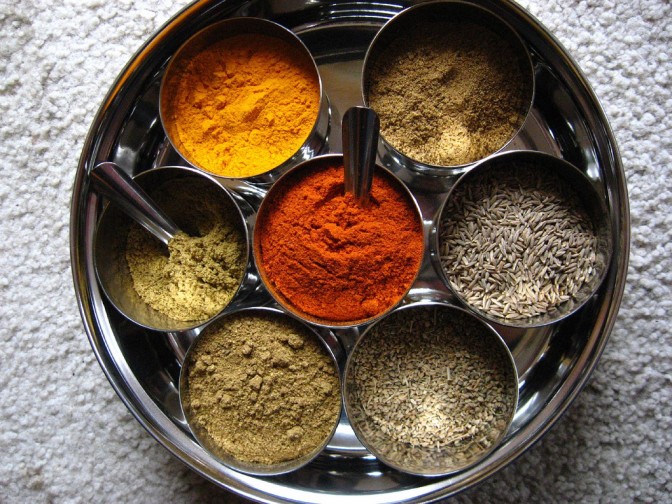
Herbs and spices tend to be thought of more in terms of flavor than nutrition, but they are in fact some of the most nutritionally dense foods in the world. That is why their flavor is so strong. Use fresh herbs often and get creative with those like mint, cilantro, parsley, thyme, sage, rosemary, basil, oregano and marjoram.
Dried spices have also been shown to have myriad benefits, from protection against dementia, cancer, and other common diseases.
Intact grains
Grains get a lot of flack these days, and in the cases of hyper-processed flours I completely agree. However intact grains remain incredibly nutritious and are a fantastic source of both soluble and insoluble fibers, which are essential feeding material (prebiotics) for the friendly bacteria in your gut.
Brown rice is great, but don’t stop there. Experiment with farro, barley, freekeh, quinoa, gaba rice, buckwheat, and oats.
Fermented foods

Photo by adactio
Fermented foods are finally getting some positive press due to the role they play as probiotics. But yogurt isn’t the whole story. There are several strains of probiotic bacteria, and we all respond differently to different types. Probiotic foods can be strong tasting, but don’t let that deter you. Saurkraut, kimchi, ripe cheeses, and even natto can be quite delicious when you develop a taste for them.
Coffee, tea and chocolate
While coffee, tea and chocolate are typically thought of more as treats to be avoided than health foods, they are in fact Real Foods that are incredibly nutritious––so long as you get the real thing. Coffee is a powerful antioxidant and is well-documented to protect the liver. Different teas have been shown to have a multitude of benefits. And real dark chocolate has been demonstrated time and again to impart lasting benefits on humans. Enjoy these all on occasion without remorse.
*It is worth noting that because many of these foods are less common in Western cultures, your natural tendency may be to turn your nose up at their weirdness. This is totally normal, few people are born with a love of chicken livers. The more you try them, however, the more familiar these foods will become and you’ll find their flavors and textures more pleasant. If you need some encouragement, here’s my personal story of learning to like new foods.
from Summer Tomato http://summertomato.com/18-nutrition-habits-you-are-probably-neglecting/
via Holistic Clients



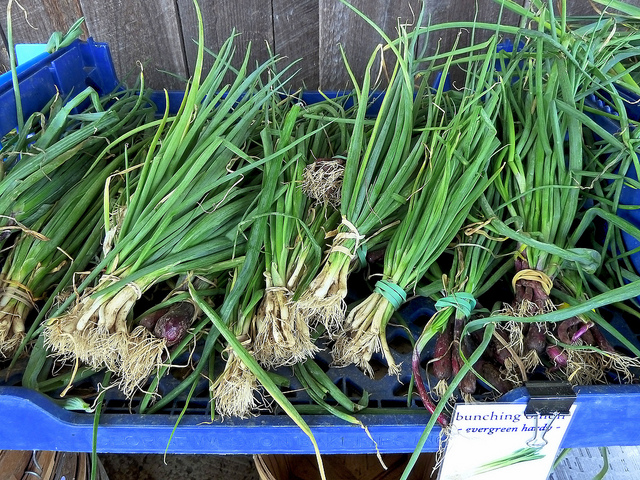
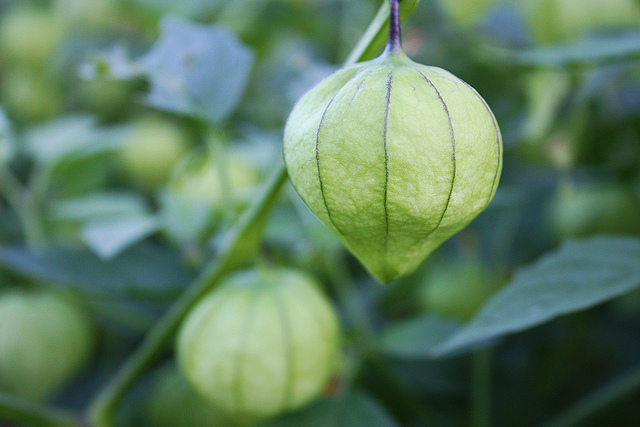



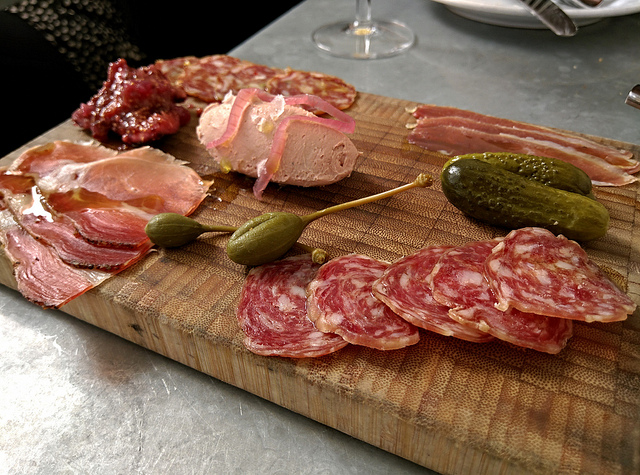
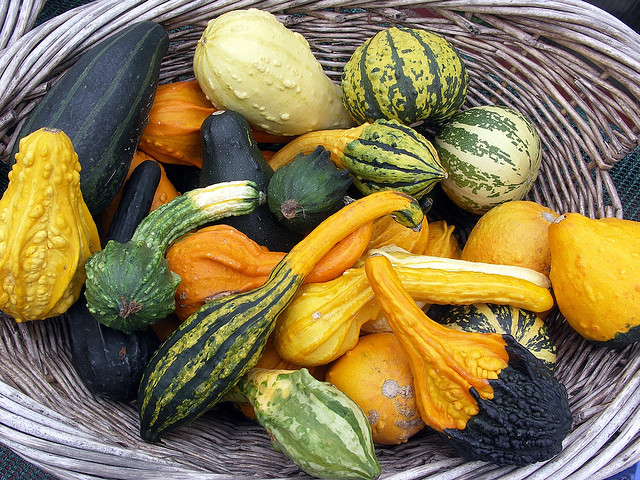

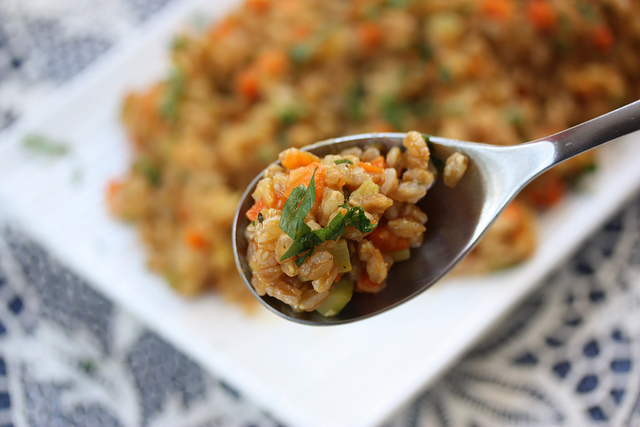

No comments:
Post a Comment